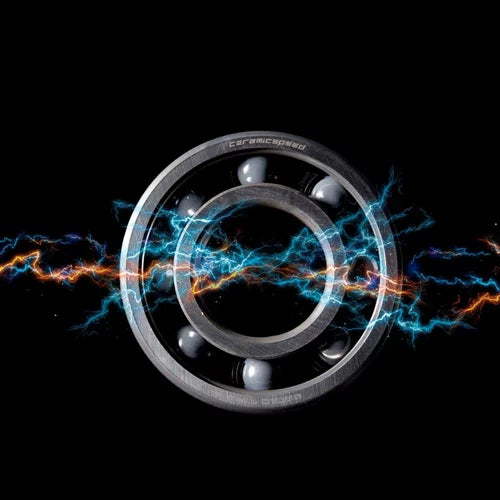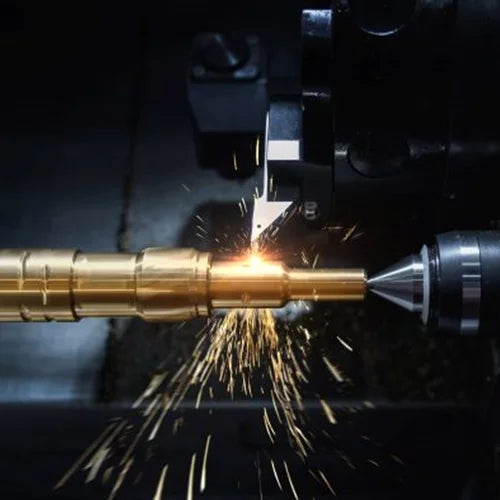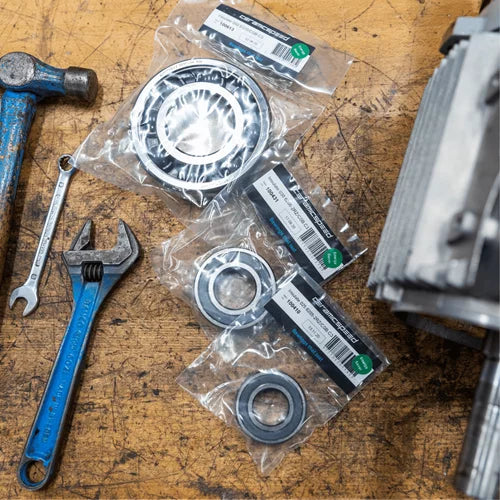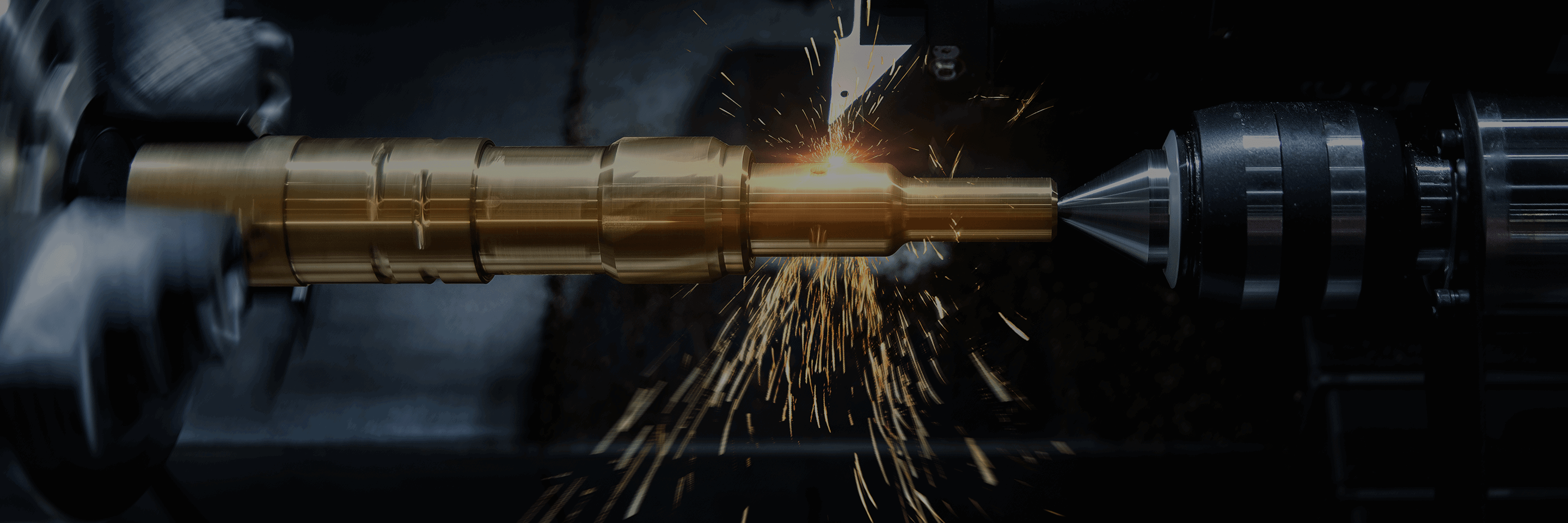
Up to 50% Higher Speed
There are many reasons why you should choose hybrid bearings. But why are hybrid bearings capable of achieving up to 50% higher speed compared to all steel ball bearings? To answer that we must understand what is happening inside the bearing when you increase the rotation speed. When you increase the rotation speed of a bearing the centrifugal forces acting on the balls will increase and push the balls toward the outer raceway. The contact pressure between balls and the outer raceway rises and the generated friction and wear between the ball and raceway is increasing, and so is the operations temperature too. To minimize that effect, you need to reduce the mass of the balls.
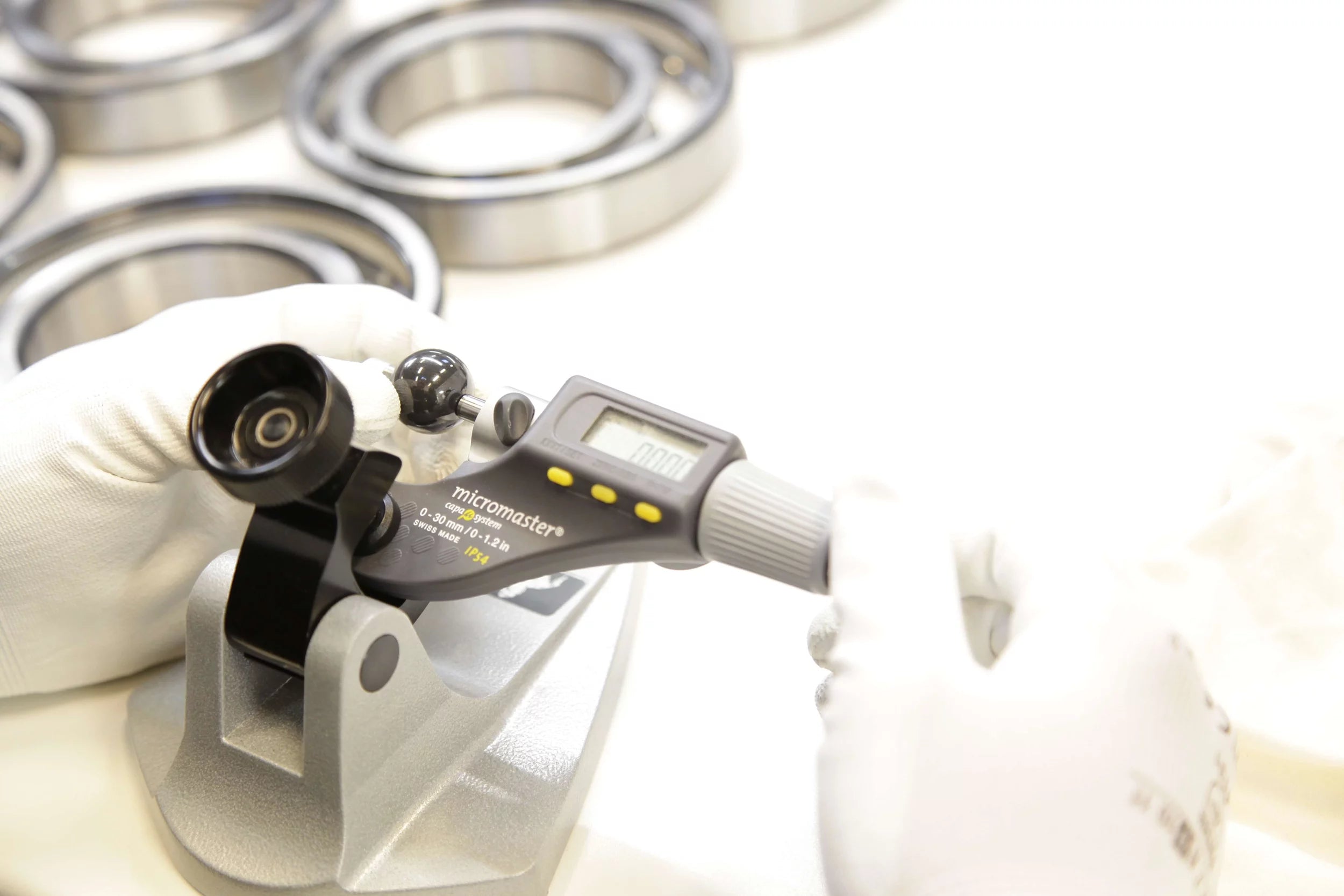
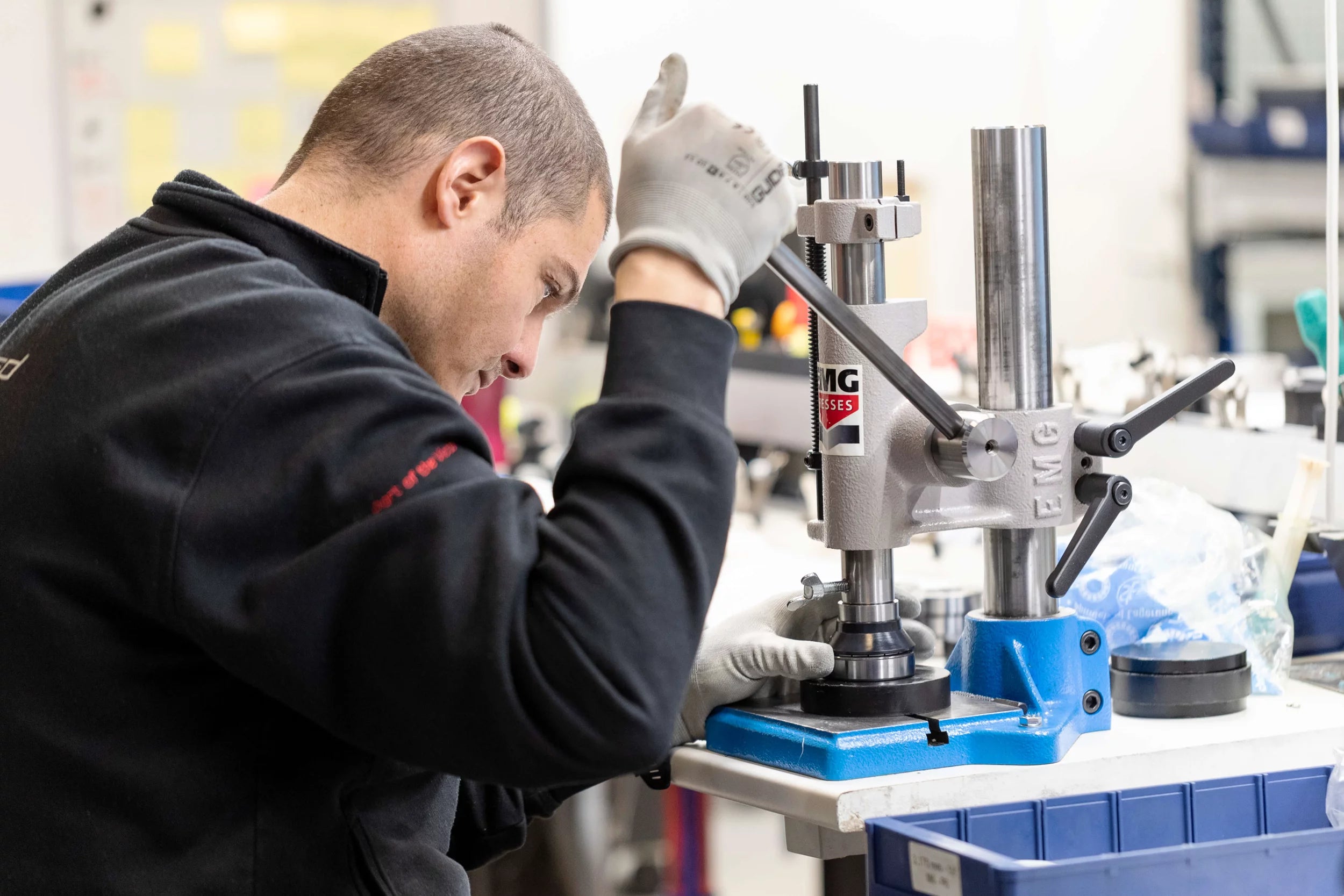
Tougher Than the Rest
Silicon nitride (SI3N4) balls are less dense and therefore lighter (58 %) than steel balls. This greatly decreases the forces on the outer race. SI3N4 also has a higher elasticity factor (~ 63%), which means that the material will have a lower elastic deformation under the same load as steel balls. That will reduce the contact area between the ball and the raceway and decrease the operating temperature. The higher elasticity factor will also increase the stiffness of the bearing and allow a more precise clearance setting if needed.
In the case of an angular contact ball bearing (ACBB), in which you have a misalignment between the inner and outer ring, the increase of the rotation speed and as a result, the higher centrifugal forces acting on the ball will increase the pressure on the outer raceway and decrease on the inner raceway. That will change the contact angle between the ball and the inner/outer races which will lead to sliding between the ball and either the inner- or outer- raceway. As the load on the outer raceway is higher than on the inner raceway, the ball will become outer-ring guided and the sliding will happen at the inner raceway and lead to additional heat generation.
The low weight reduces the centrifugal load on the raceway as the bearing spins, and wear and tear are significantly reduced, keeping the bearing in top condition for longer. As an added benefit the bearing can operate at much higher RPMs - up to 50 % higher - giving you the possibility of using long-life bearings in demanding high-speed applications, such as machine tool spindles and turbomachinery.
Why Hybrid Bearings?

